In a time too early to be the 2000s, yet too late to be truly 90s, major phone manufacturers like Nokia — who dominated the market at the time — were not afraid to experiment. And why would they? Nokia’s 3000s and 5000s series of midrange phones were selling like hotcakes. That allowed the brand to — at a certain point — have ten different series of products, two of which were completely dedicated to style and design.
And sure, colored screens were slowly starting to show up on phones, but that was not enough to dethrone the Nokia 3310, which had come out in the year 2000. The cultural and technological impact of this phone is legendary. You’ve seen it on meme pages for sure — it’s the one that is unbreakable. But beyond that, it had customizable panel covers, 35 ringtones — and it even allowed users to compose their own — screensavers, and picture SMS support. Depending on when you were born, the statement above was either nostalgic as all heck, or properly illustrated how innovative then means archaic now. Regardless, in the shadow of that titan of a phone, two years later, Nokia released the colorful and rubbery 5210. A more compact, durable and even more customizable model, which had all the power of the 3310, but offered in a more fun form factor.
Effectively, the first rugged phone
Even 20 years later, it might be beat-up and with a dead battery, but it still works.
This not only took the concept of “customization” to new heights, but also allowed for unsurpassed protection. The Xpress-on shells had rubberized caps, so they pretty much enclosed most of the phone, which in turn provided protection. Water and dust had a hard time getting in, and the room between the actual phone and the exoskeleton was so spacious that physical hits couldn’t damage the phone. And even if something did manage to damage the shell itself, you could always get a replacement and swap it in a jiffy, as they weren’t hard to come by, were affordable and extremely easy to take off and put on.
While standards for ingress protection did exist back then, it was very uncommon for those to end up on consumer electronics. Tech was different back then, and you were expected to be extremely careful with electronics, especially around water. Ergo, we don’t have any numbers to back up these claims. However, I can attest with several personal accounts.
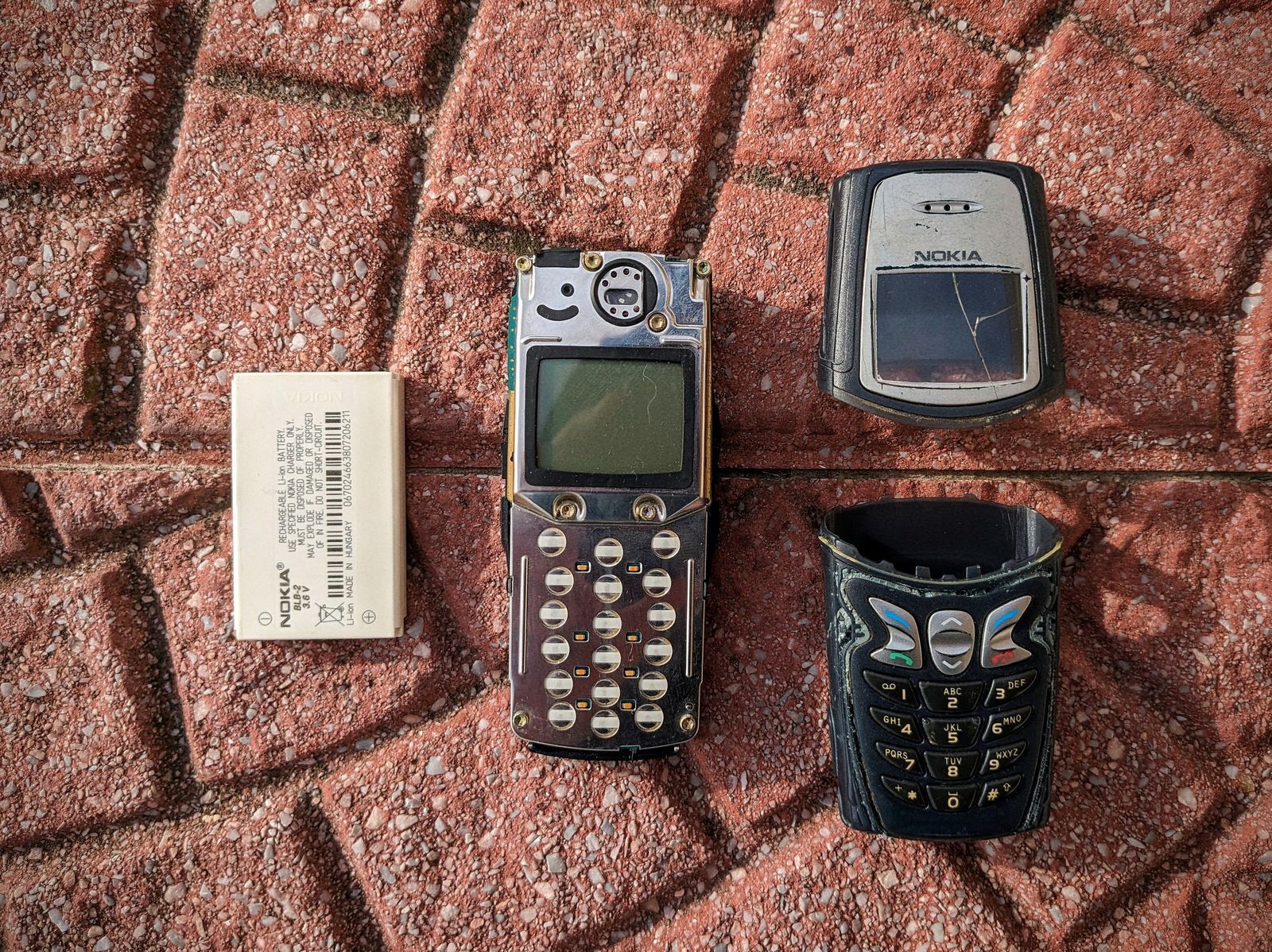
The 5210 looked really futuristic with its shell off.
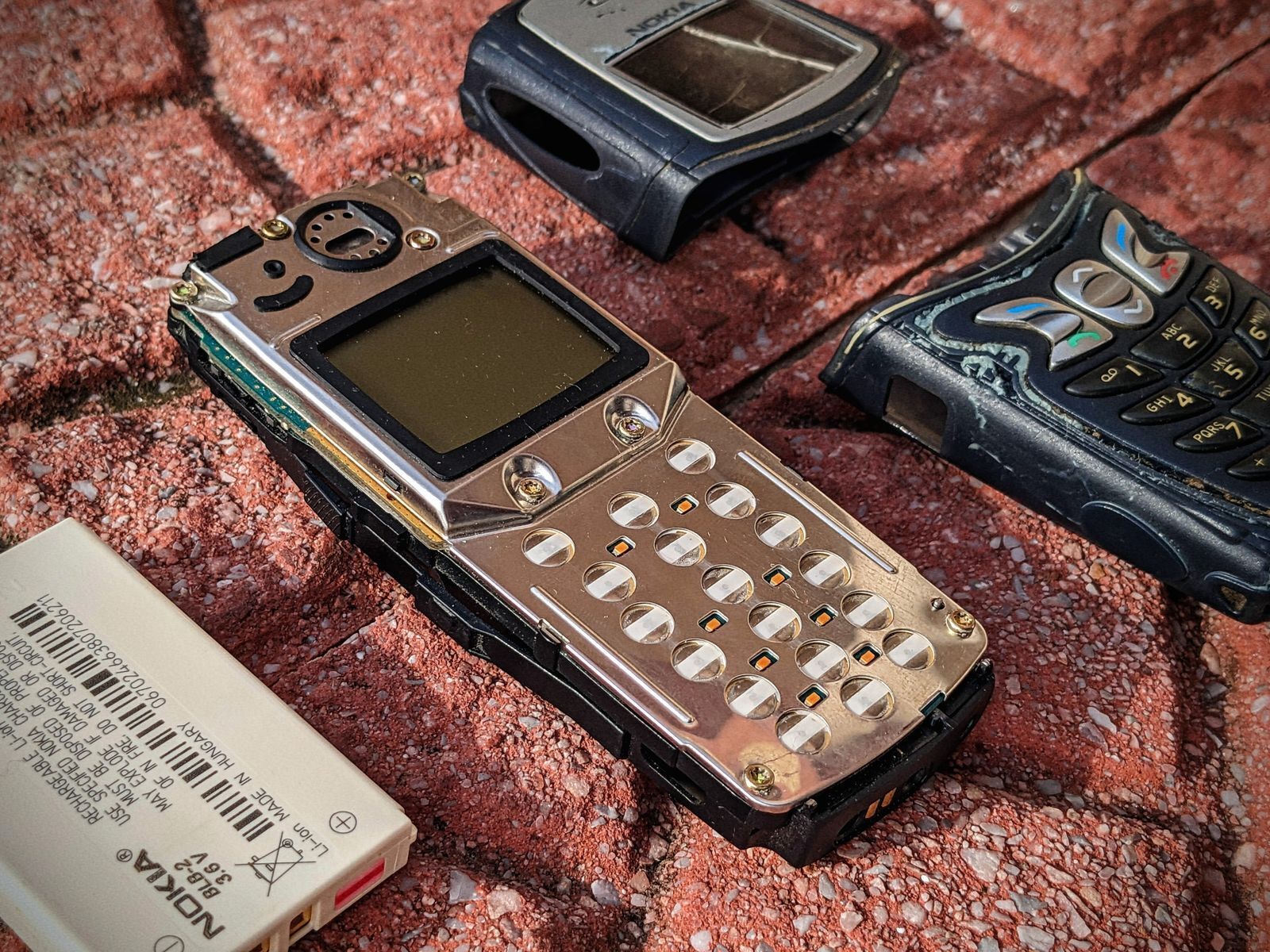
Yep, it was almost completely usable with the shell off too, albeit unprotected.
But, having shells was important. Matching your 5210 shell to your shoes was a real thing in 2002, and people around you noticed. And doesn’t this sound a lot like scouring the web to find that perfect smartphone case, capable of representing who you are when you take out your phone?
Pretty, pixelated ghosts in the shell
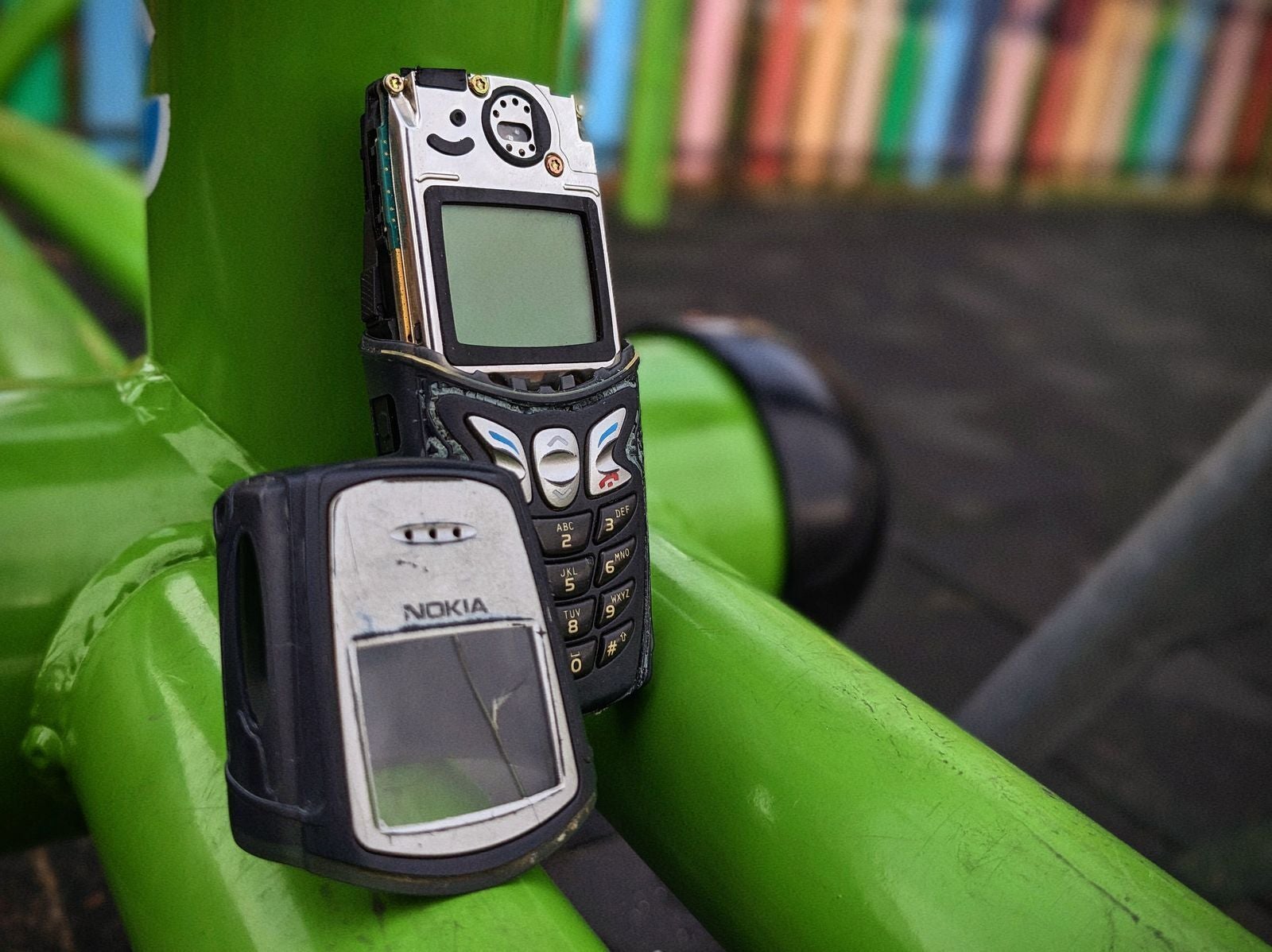
The shell did come off in parts, allowing for a lot of fidgeting, which somehow didn’t destroy it.
It came with a high PPI screen. Well, back then we measured those in lines, but PPI is the closest equivalent to what we measure nowadays. And I need this switch, because lines didn’t really cut it, as the phone allowed users to adjust font size, which was much appreciated back then. For context, it technically measured at 5 lines.
But this high-resolution, monochrome screen with a yellowish-green tinted backlight allowed for more. For example, you could order special pixel art wallpapers that would arrive by SMS, which technically just replaced your operator’s name. The phone also allowed you to go beyond that and set up screensavers, which took up the entire screen, but removed the opportunity to quickly view the time and date.
If you were brave and creative enough, however, it would’ve been worth it to dabble in the extensive drawing tool that users could access via WAP. It allowed you to create an original work of art, display it as your own wallpaper and even forward it to a fan via SMS.
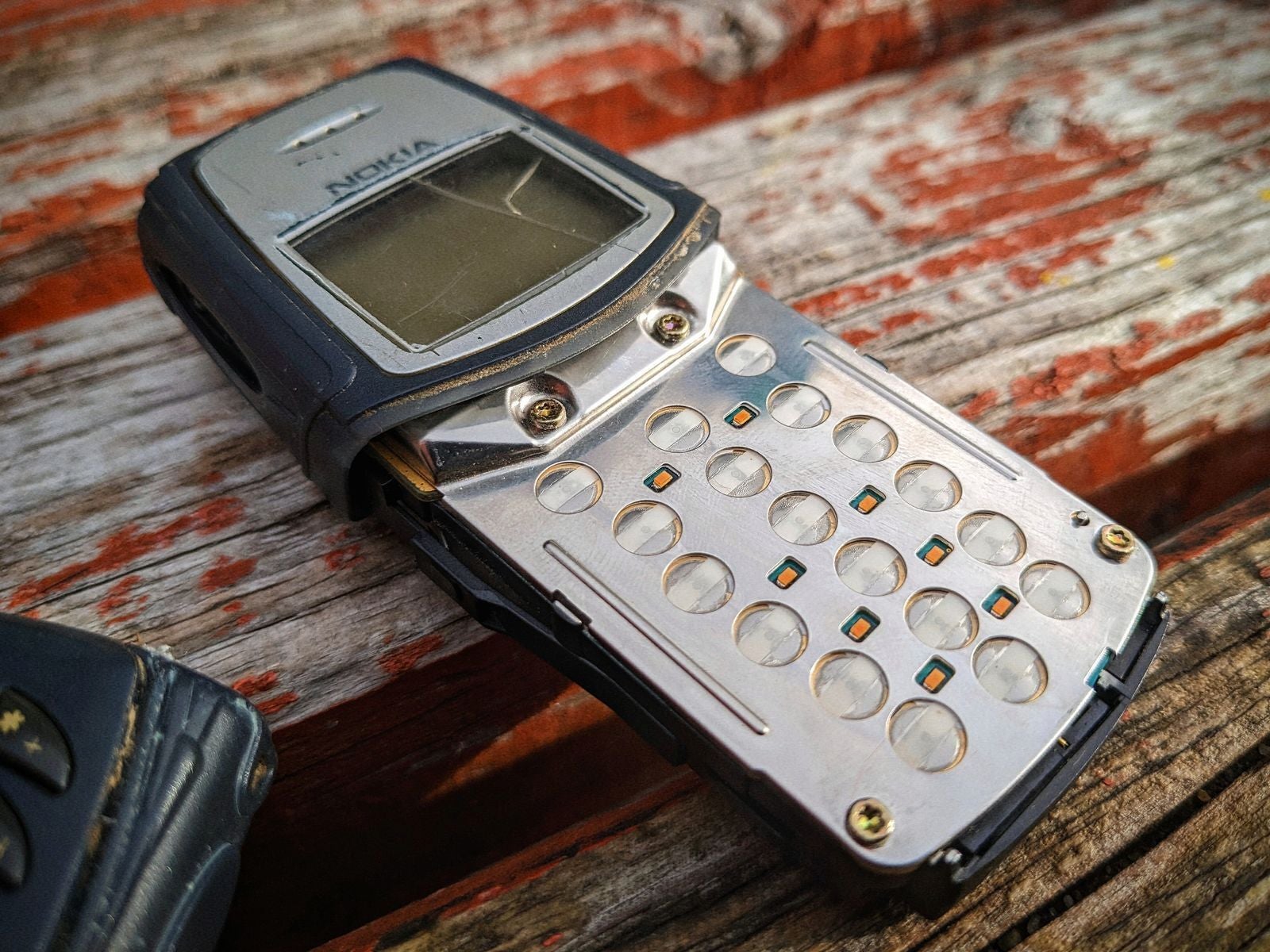
Taking the shell off was as easy as a squeeze, but despite that it didn’t fall off on its own.
So, don’t many of these sound like features we still use today? We care about wallpapers, our screensavers have adapted to be more useful to us, and we still game on the devices in our pocket. Sure, the 5210 didn’t invent these concepts, but it presented them in a reliable form-factor that came from a reputable brand that you knew you could trust.
The best that electronics had to offer
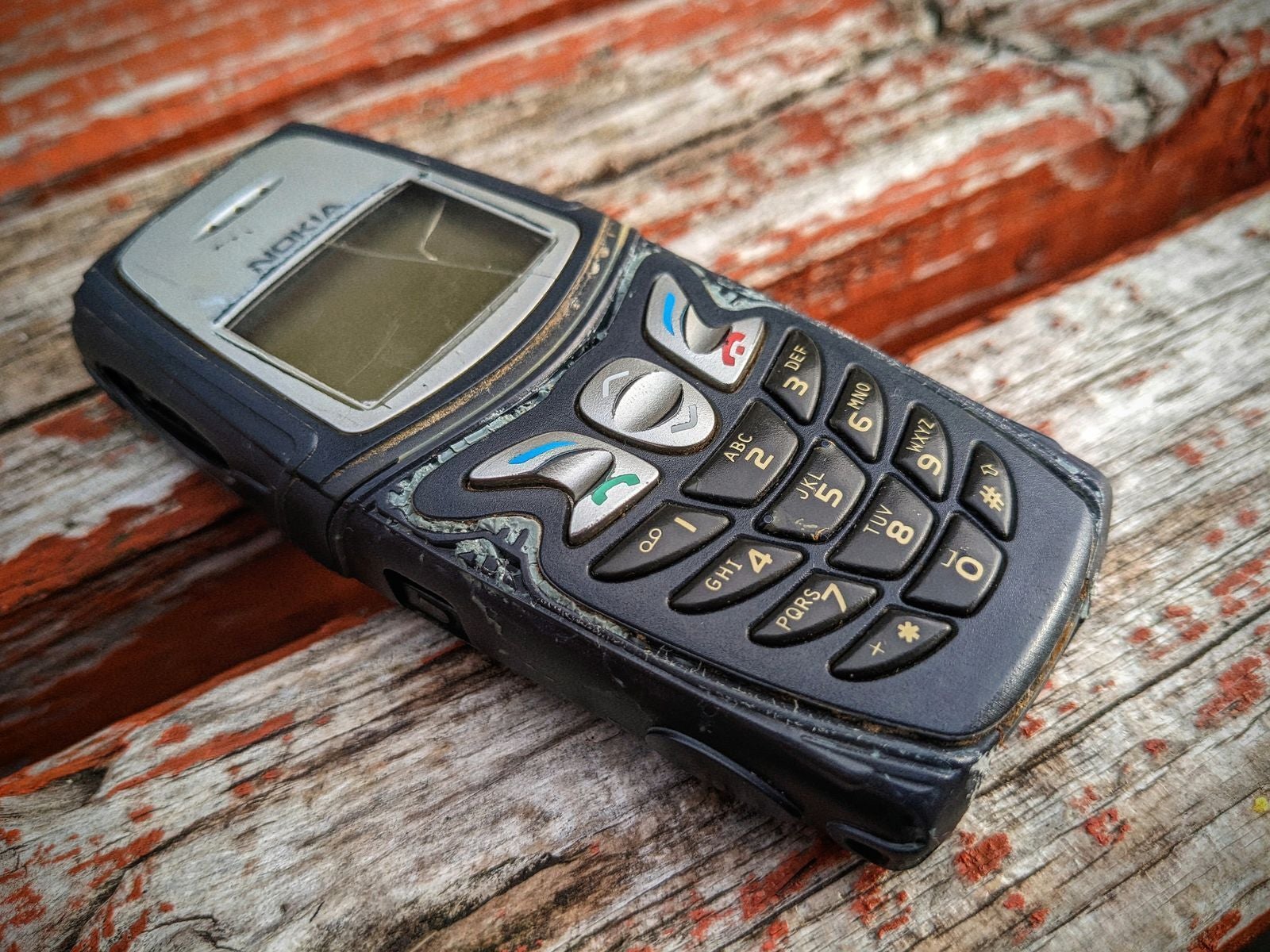
In a far-gone age, touchscreens didn’t exist, so we used numbers to type out letters.
The unit, with shell and battery, weighs in at 3.2 oz (92 g), and yes — it does feel like a toy when you pick it up in 2023. It’s about 4.1” tall (105.5 mm), 1.8” wide (47.5 mm) and less than an inch thick (22.5 mm). How’s this for a small phone?
The 5210 was equipped with an Infrared sensor, which was the only way to wirelessly and effortlessly transfer data back then. While we couldn’t transfer photos or mp3s, as most phones didn’t support them yet, infrared allowed users to transfer wallpapers or composed ringtones, which was still pretty cool. Oh, it also enabled multiplayer sessions in “Snake”, but that made the game insanely harder.
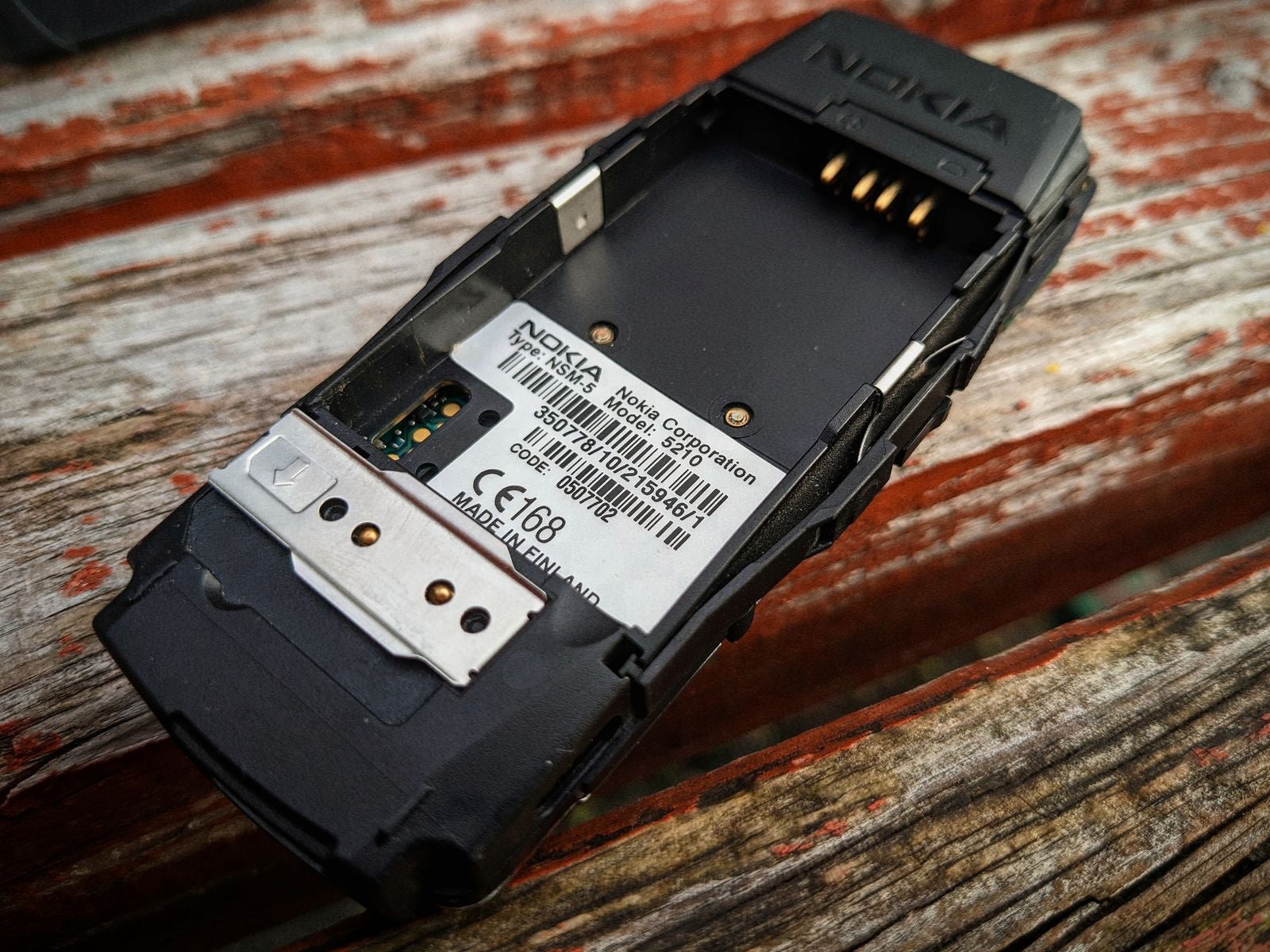
Space for a single SIM card and a battery slot. That’s about it!
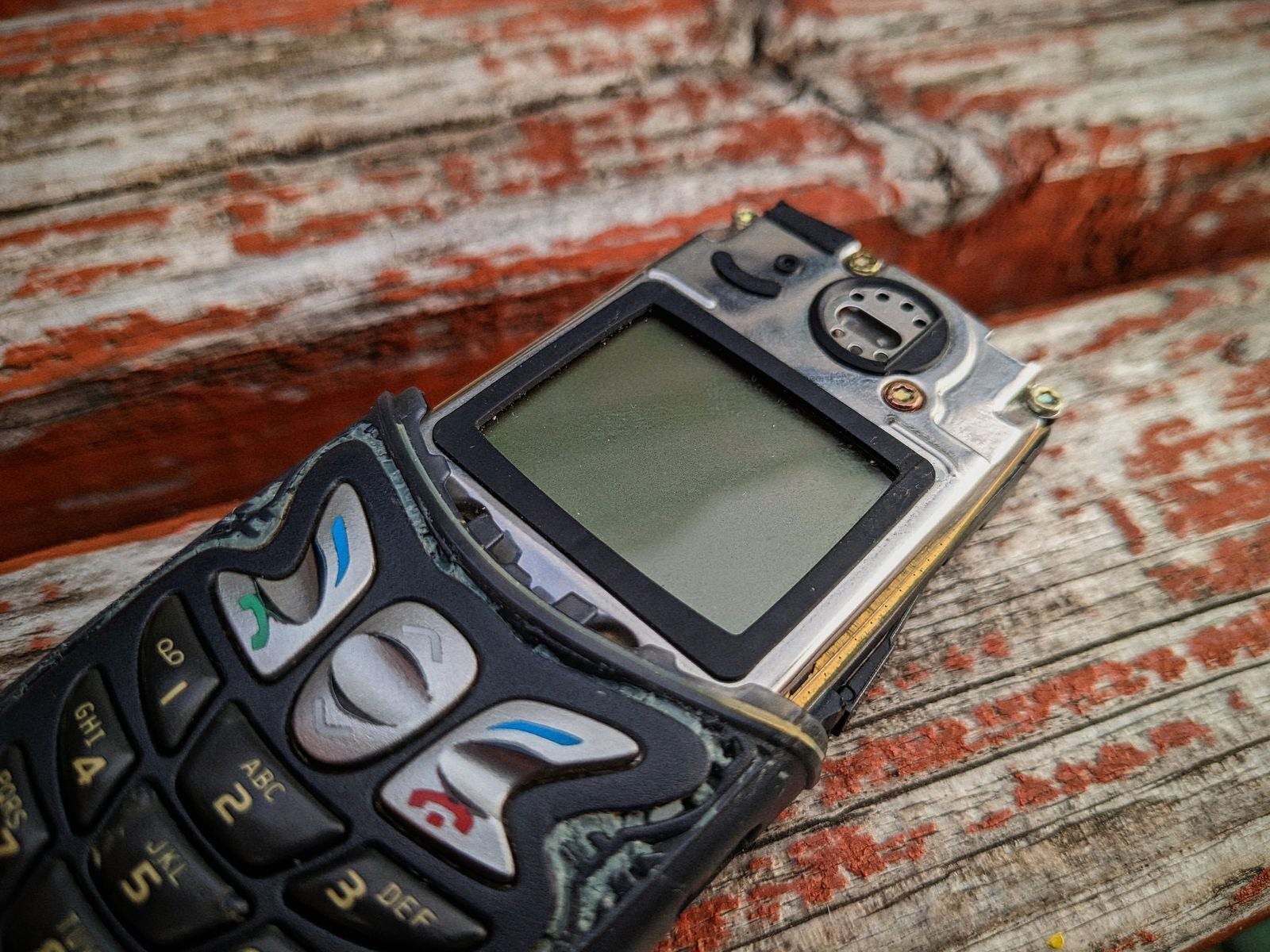
I couldn’t find a replacement battery, but take my wo
the screen was bright.
Thanks to the way technology worked back then, which is pretty much impossibly different from the mini-computers that we carry on us at all times nowadays, the Nokia 5210 never got hot when used, but it did start to smell funny when left out in the sun for more than 10 minutes. And I know that I just made some of you nostalgic with that statement.
What does the Nokia 5210 mean for modern phones?
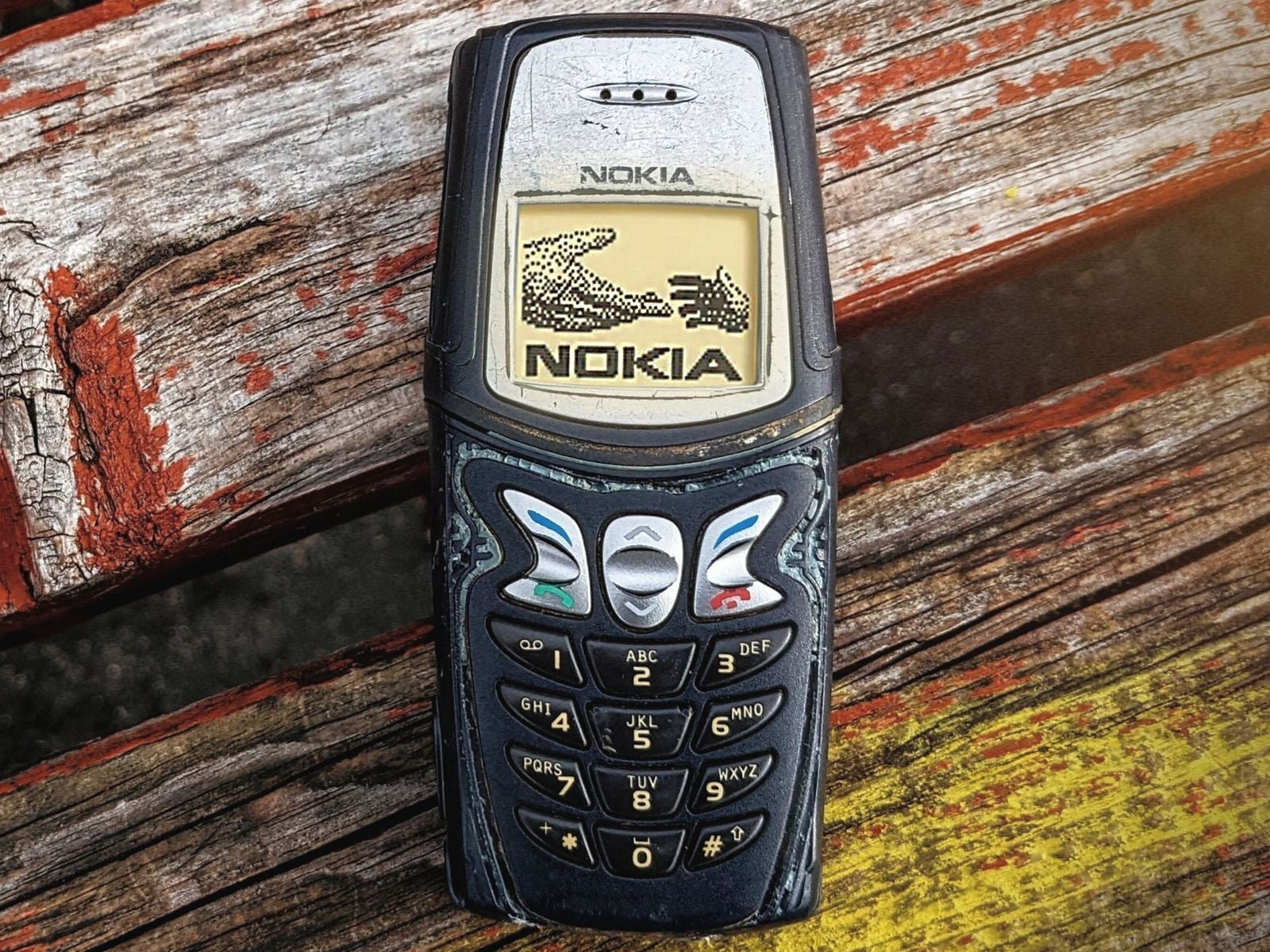
The 5210 really helped connect people, in more ways than one.
The Nokia 5210 made me realize how important having details on a screen was, as it allowed me to see more and provide more. It let me find out how fun it was to color-code my device and attire, for extra impression points. It showed me what reliability was, unlike previous phones which I often — completely unintentionally — killed, just because I’m a charmingly clumsy person. It was the first portable instrument I had, as it allowed me to compose my own tunes. Other kids would catch on to them and ask me to share these tunes, which the phone allowed me to do.
20 years later, I still love suiting up my smartphone with different cases, based on the occasion. I’ve got a rugged case for when I go hiking, and a leather one for when I’m at an official event, and people still notice. I can no longer take a tiny battery with me, but I always have a proper battery bank in my backpack at all times. I still look up IP ratings and stress tests for the smartphone that I intend to get next, because I’m still charmingly clumsy too. And guess what? I’ve got an entire folder of music apps that I use almost daily.
I have only recently discovered how much of an impact the 5210 had on me, and I do believe that it had that impact on many others too. I mean, if it was just me, then the phone case market wouldn’t be getting bigger year over year, with even premium brands joining in, right? Battery banks wouldn’t have become as prominent as they are now, with even major brands like Samsung offering their own models. And obviously, PhoneArena wouldn’t be including IP ratings in its phone reviews if they didn’t matter to you, the readers.
Now, I can’t and won’t make the bold statement that without the Nokia 5210, none of this wasn’t meant to be. All of these points are factual due to a culmination of numerous factors, most of which I’ve probably never stopped to consider. However, the point that I am trying to make is that the Nokia 5210 was a distilled version of all of these factors, which was not only memorable, but also fun to use. And that’s why I think it’s one of the most important phones in history.

